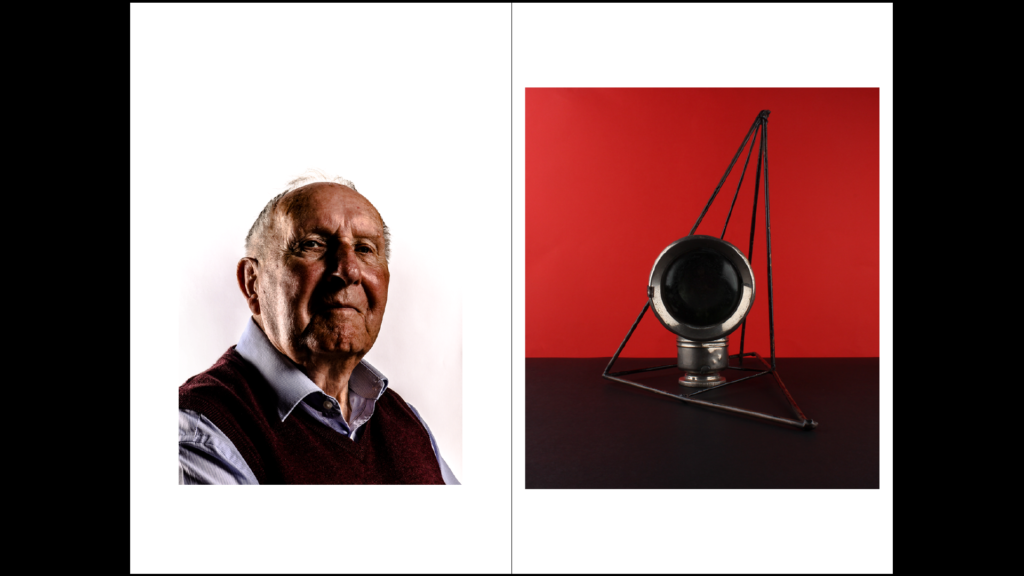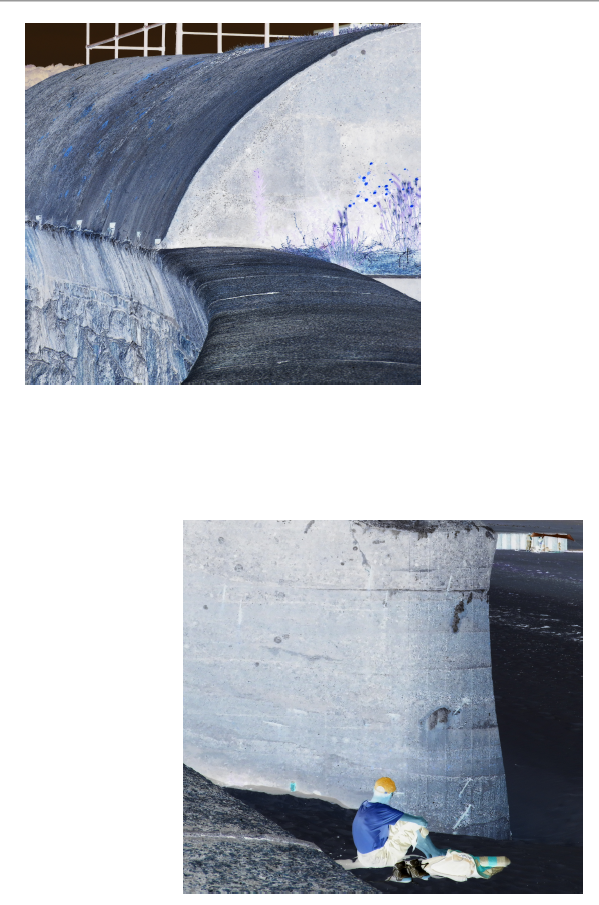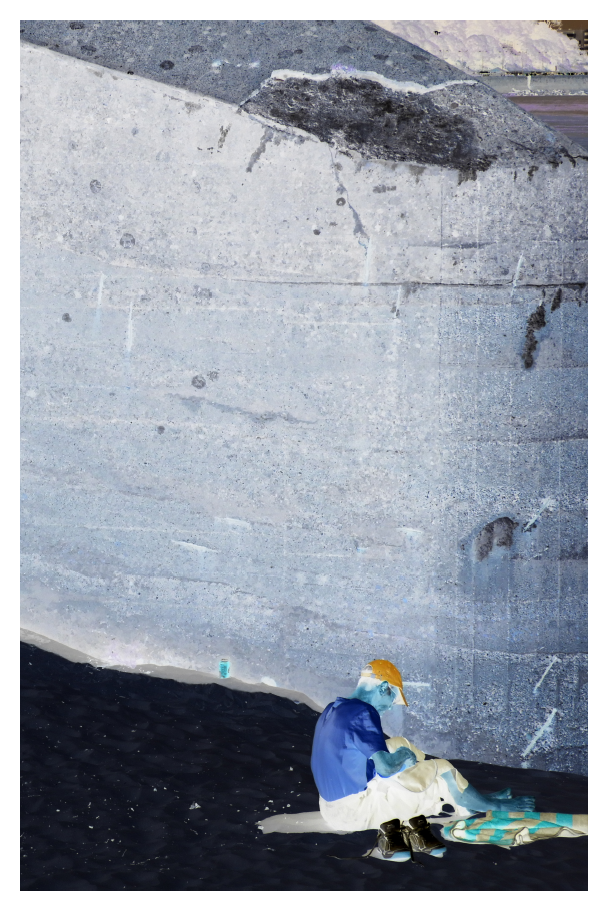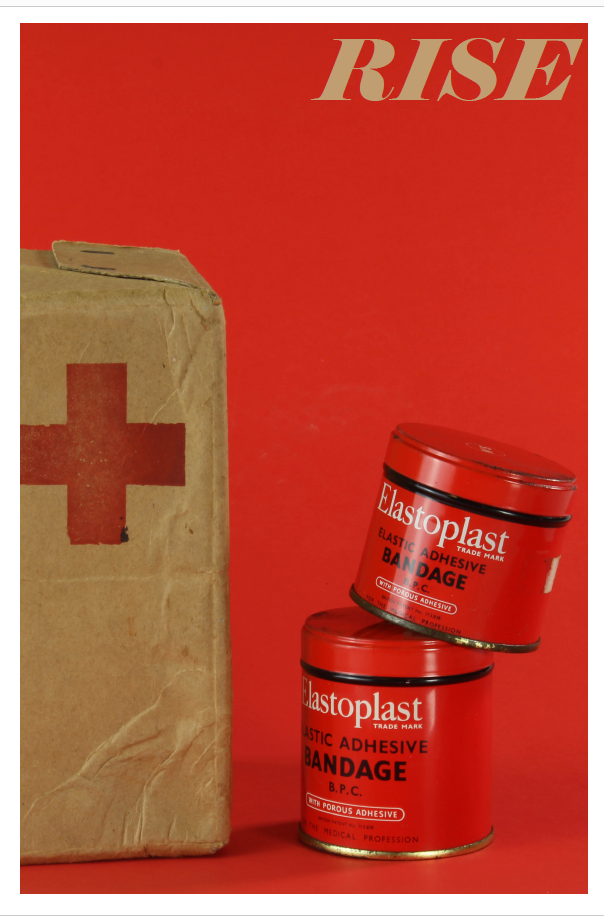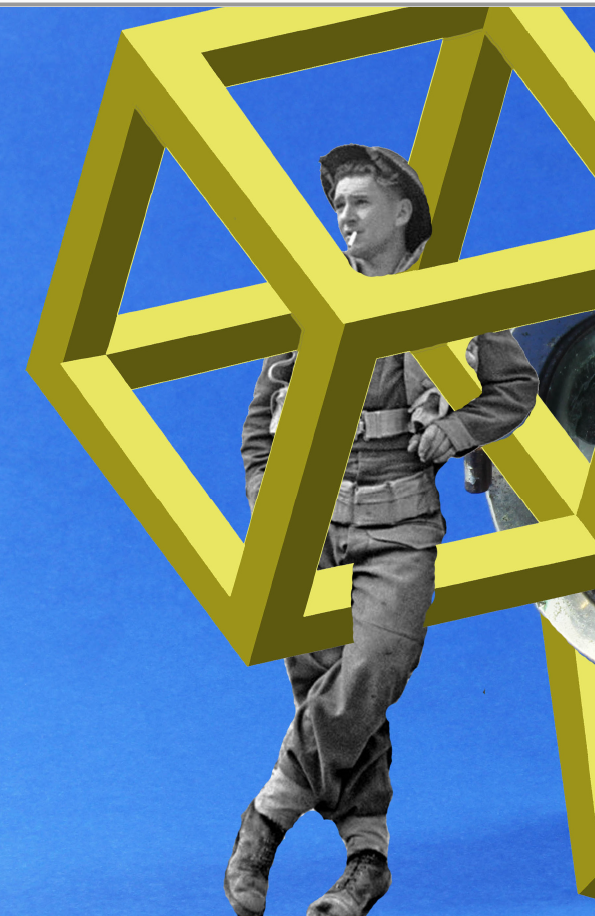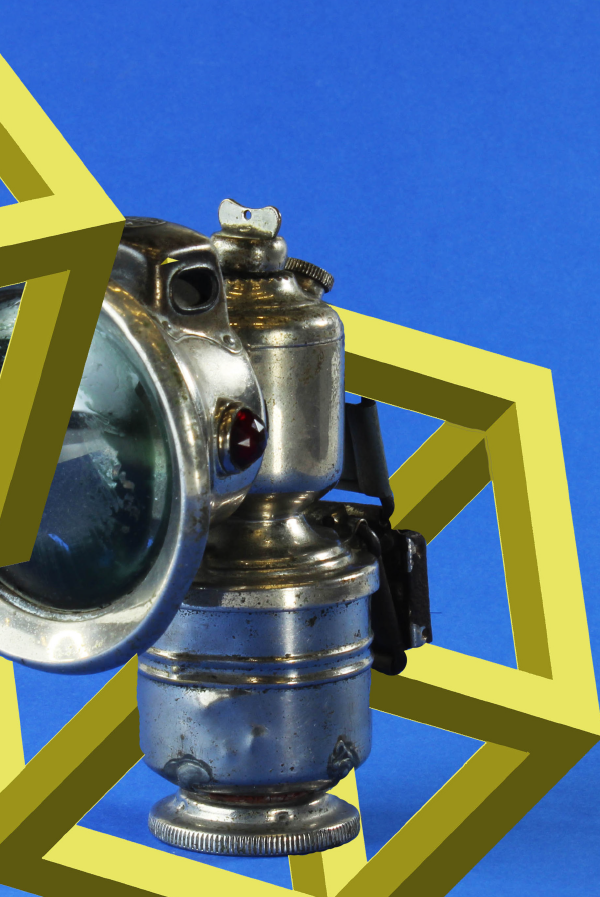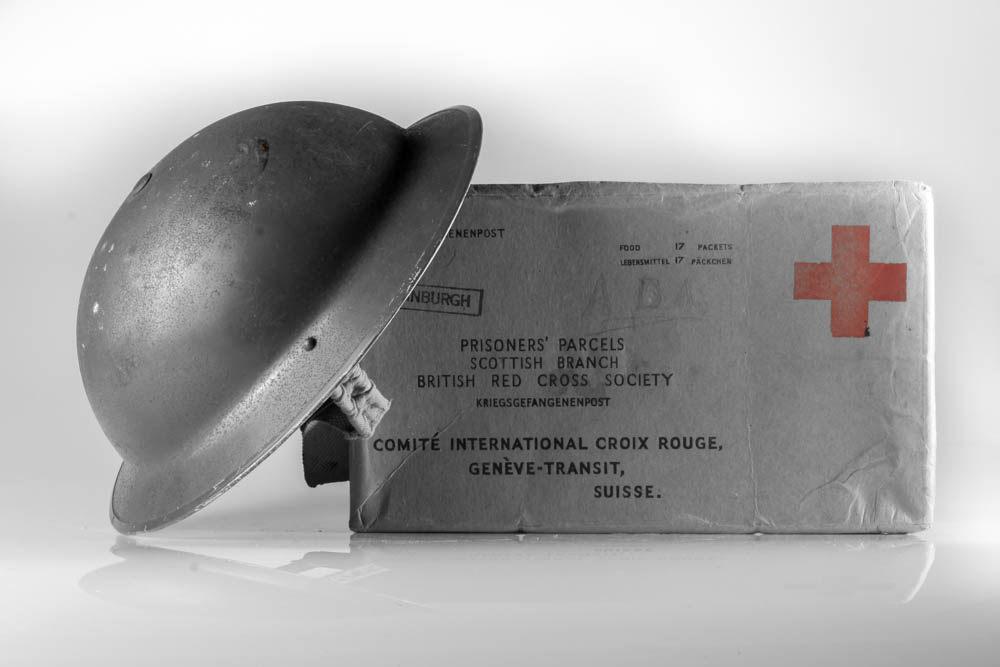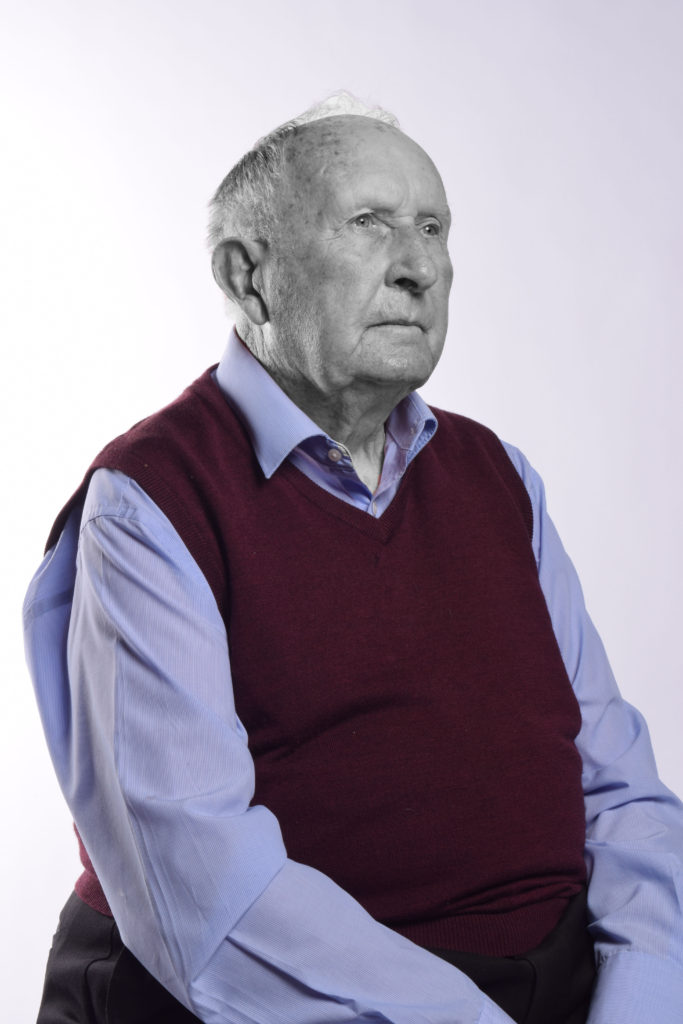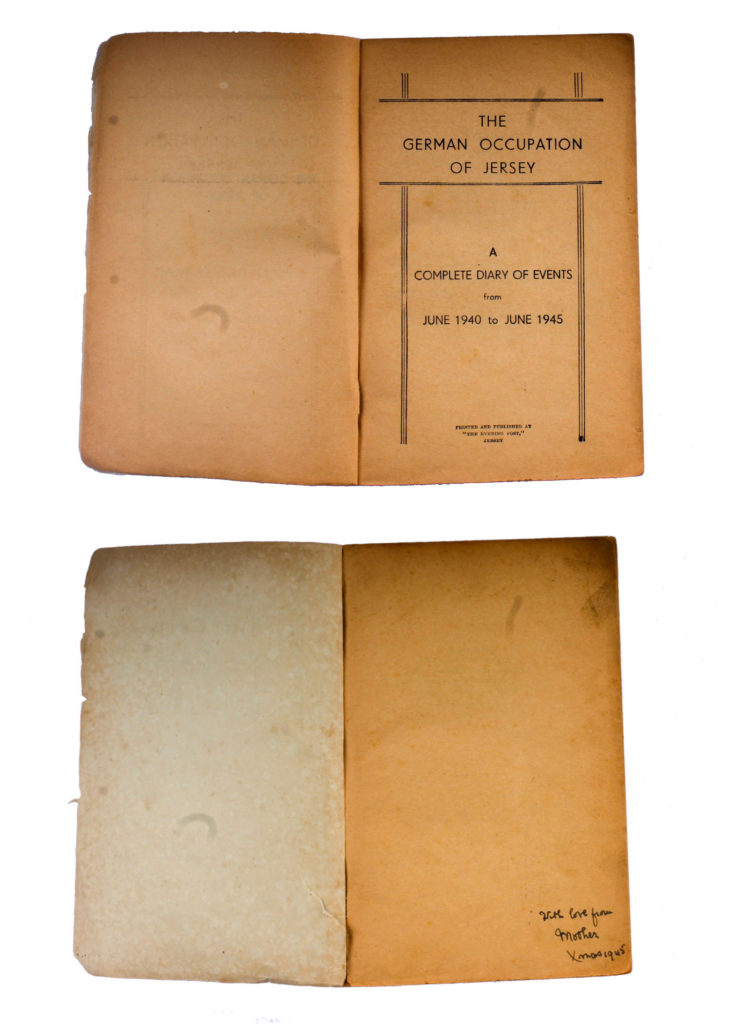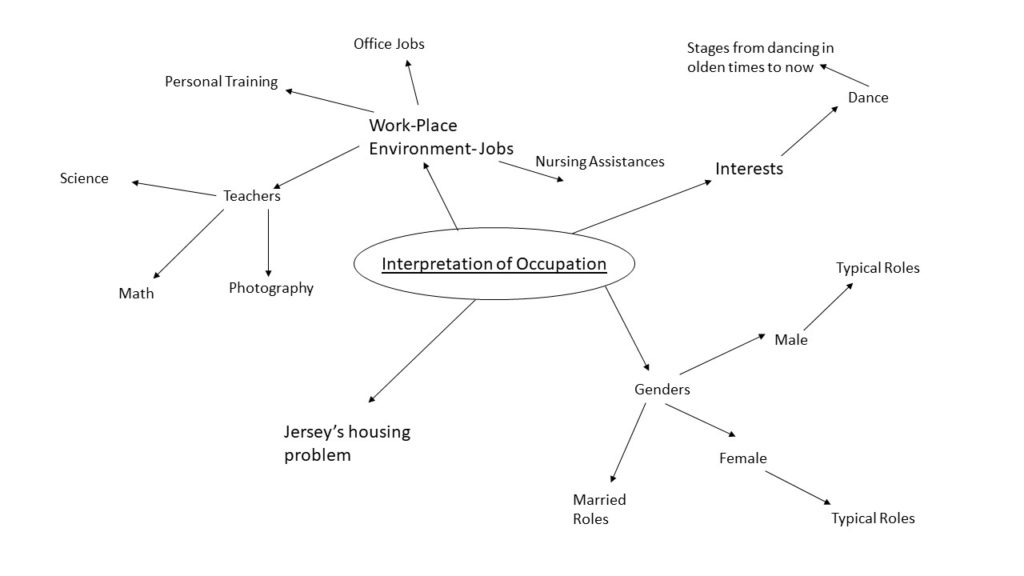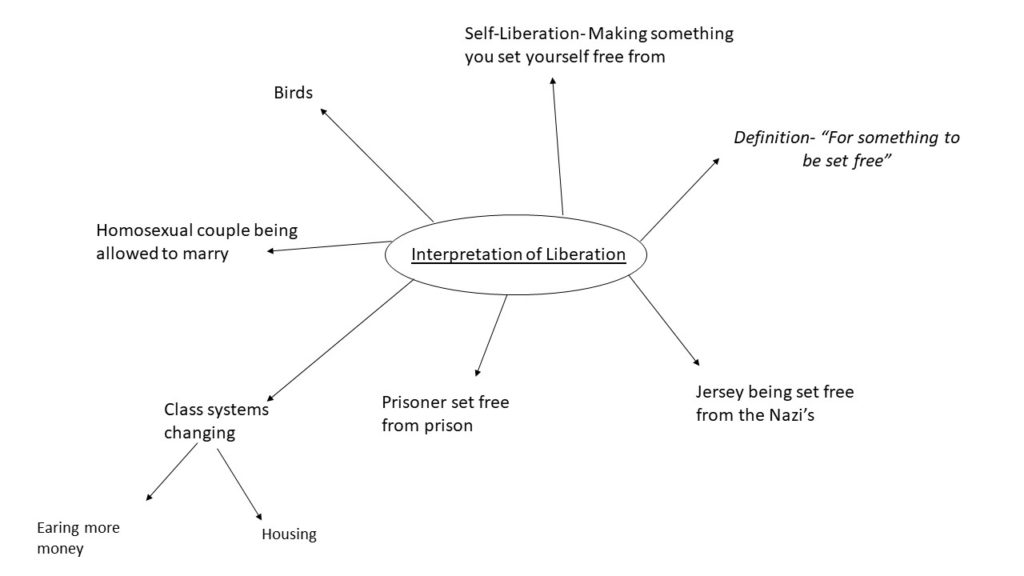My personal study is based on divorce and separation. I will be exploring how a split between two people can affect a whole family. My idea links to the occupation vs liberation theme, the occupation connects to before the divorce and how my parents felt uneased in each others company. The liberation relates to how the split was for the best for my parents but it also created a lot of changed and instability for me. Via my personal experience I am going to create images that display feelings of lack of identity and belonging. Divorce is such a common action these days that it gets overlooked, I want to highlight that although its not an abnormal family situation, it is still life changing. I’m going to take a documentary approach by taking picture of old house I have lived in, old toys and old photos that remind of the times where I missed either my mum or dad. After I am going to explore surrealism and post-modernism approaches to represent my inner conflict during the divorce. I am going to hold interviews with my parent about their experience as well as some of my friends with divorced parents and some with parents still together. These interviews will help to give me a more accurate representation of divorce as everyone takes it differently also it will provide me with different viewpoints by also interviewing my parents.
My first shoot will inspired be by surrealist photographer Chris McKenney. His ‘Self-Ghost’s’ project is a representation of the supernatural and horror genre, which is what I want to use as it lacks identity even though his images are portraits. I am going to take my brother to a forest or nature filled backdrop similar to McKenney and place a sheet on his head to hid this face. A box is going to present in those images as it represents how I have to pack up my belongings everytime I go to my mums or dads and to express how many times I have moved house. Hopefully, I will highlight the idea that you can pack your whole life into cardboard boxes and each time it gets harder because as soon as you have settled another box appears. .I am then going to stray away from McKenney’s supernatural approach and take pictures of my brothers hands on trees, then up against the semi-see through windows in the bathroom.




